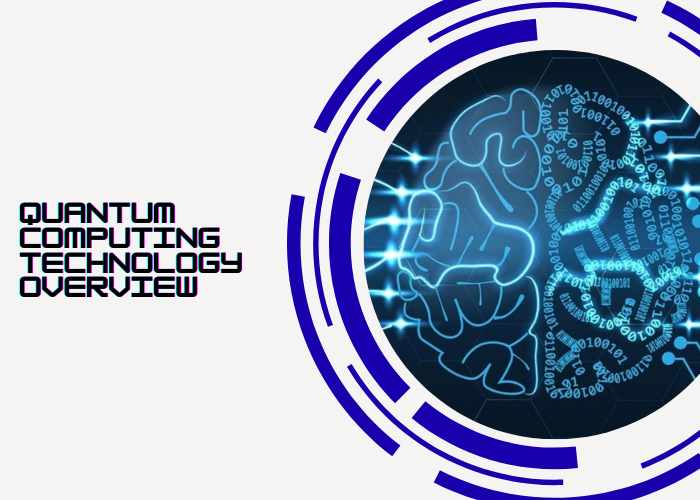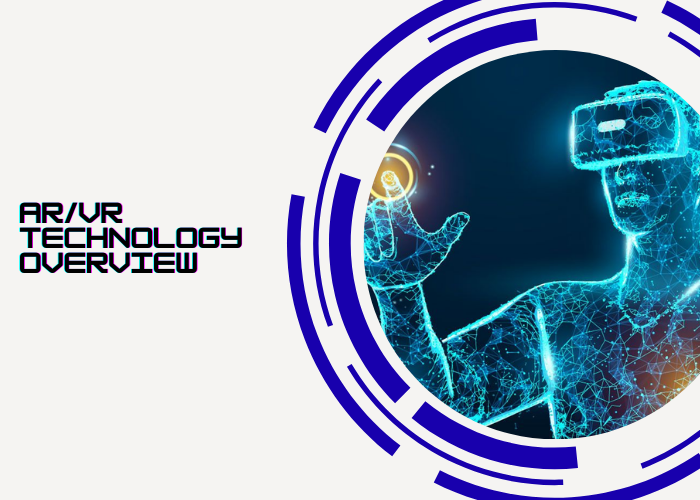Generative AI Technology Overview
Generative AI is a branch of artificial intelligence designed to produce new and original content using machine learning algorithms. Unlike traditional AI, which focuses primarily on classification, prediction, or recognition tasks, generative AI can create text, images, videos, audio, and even 3D models. This technology is rapidly evolving and has applications in creative industries, marketing, entertainment, and research. Leading companies such as OpenAI, Google DeepMind, NVIDIA, and Anthropic have driven the development of generative AI platforms like ChatGPT, DALL·E, and Stable Diffusion.
The concept of generative AI has roots in neural network research from the 1980s and 1990s, but practical, large-scale applications became feasible in the 2010s with the advancement of deep learning, cloud computing, and massive datasets. Today, generative AI is accessible to businesses and individual users alike, offering tools for content generation, idea prototyping, and creative problem-solving. It is relevant to content creators, designers, marketers, and developers who seek to accelerate workflows, enhance creativity, or automate repetitive creative tasks.
Quick Snapshot
- Launch Year: Conceptualized in the 1990s; mainstream adoption since 2018-2019
- Main Uses: Text generation, image creation, audio synthesis, video editing, coding assistance
- Cost/Licensing: Varies; free demos exist, subscription or enterprise licenses often required
- Compatibility: Cloud-based platforms, software applications, APIs; hardware acceleration recommended for local models
- Target Audience: Developers, creatives, businesses, researchers, and content creators
How It Works
Generative AI operates using deep neural networks, particularly models like GANs (Generative Adversarial Networks), VAEs (Variational Autoencoders), and large language models (LLMs). These models are trained on massive datasets to understand patterns and structures, allowing them to generate outputs that mimic human-created content. For example, a generative text model can write essays or scripts, while an image model can create realistic artwork from textual prompts.
Think of it like teaching an apprentice artist: the AI studies thousands of examples of paintings, learns styles and techniques, and then produces new pieces inspired by that training. Similarly, in text generation, the AI learns grammar, context, and style to produce coherent and contextually relevant text. The results can range from highly realistic to stylistically abstract, depending on the model and prompts used.
Key Features & Benefits
- Content Generation: Quickly produces text, images, audio, and code, saving time and effort.
- Creativity Enhancement: Provides inspiration, drafts, and ideas for writers, designers, and marketers.
- Automation: Reduces repetitive tasks such as content drafting, image editing, or music composition.
- Scalability: Can generate large volumes of content for marketing campaigns, social media, or simulations.
- Customizability: Models can be fine-tuned for specific industries, languages, or styles.
Use Cases
Generative AI is used across multiple industries. In marketing, it creates ad copy, social media posts, and product descriptions. Designers use AI to generate visuals, UI prototypes, or 3D models. Musicians can synthesize melodies or accompaniment tracks. Researchers apply AI to simulate experiments, analyze data, or propose hypotheses. Everyday users benefit through AI chatbots for writing assistance, coding helpers, or AI-powered image generators for personal projects.
Challenges & Limitations
Despite its potential, generative AI has challenges. Models require large datasets and significant computing power. Quality and accuracy can vary, sometimes producing biased, inappropriate, or factually incorrect content. Ethical concerns around plagiarism, copyright, misinformation, and job displacement are prominent. Additionally, accessibility can be limited for small businesses or individual users due to subscription costs or technical complexity.
FAQs
Q: Is generative AI free?
A: Many platforms offer limited free versions, but full features often require subscriptions.
Q: Can AI-generated content replace humans?
A: It complements human work, providing assistance and ideas rather than full replacement.
Q: How accurate is the content?
A: Accuracy depends on the model, dataset quality, and prompts; human review is recommended.
Q: Do I need technical skills?
A: Basic platforms are user-friendly; advanced fine-tuning may require programming knowledge.
Pros & Cons
- Pros: Accelerates content creation, boosts creativity, scalable, adaptable across industries.
- Cons: Can produce biased or incorrect outputs, ethical concerns, resource-intensive, requires supervision.



